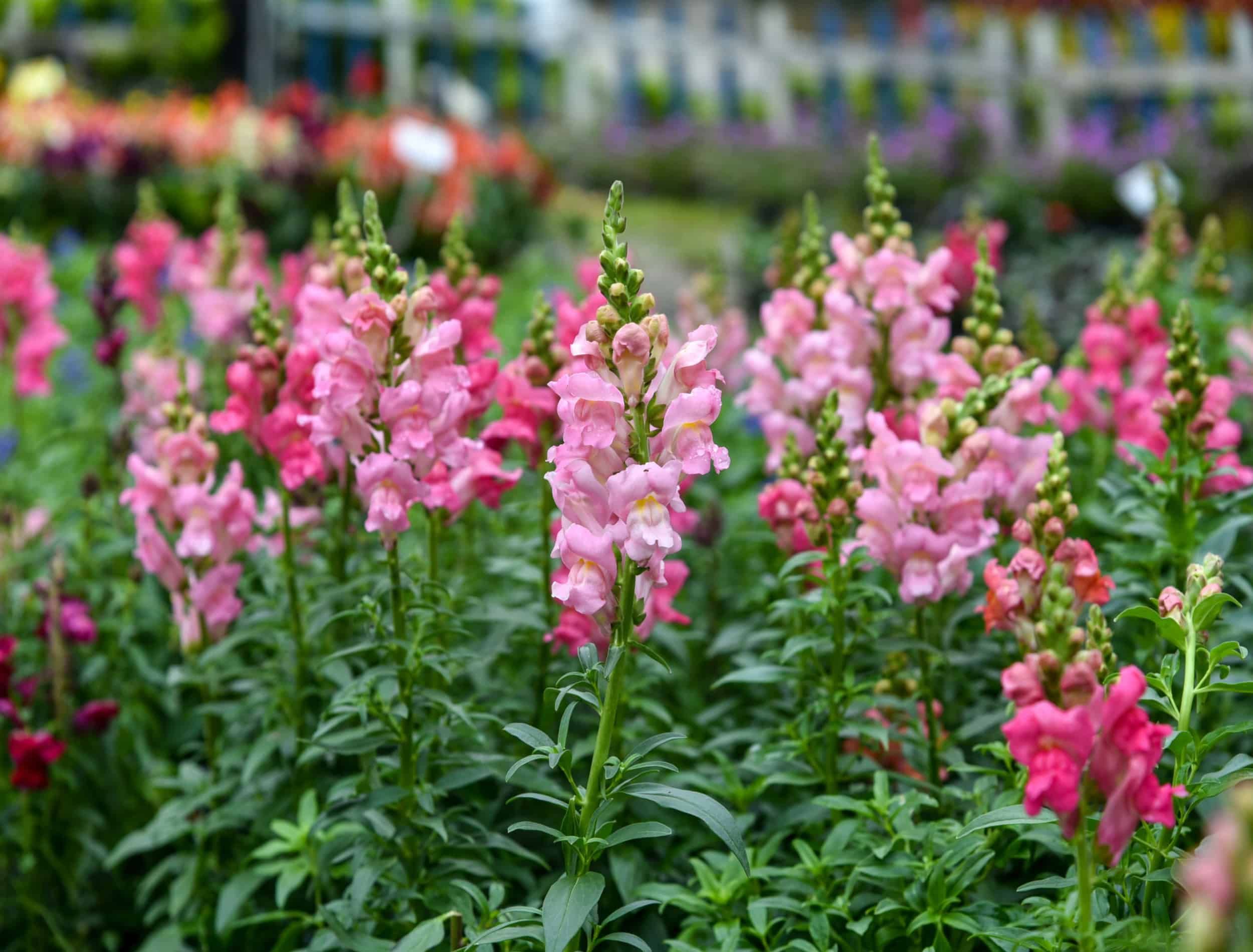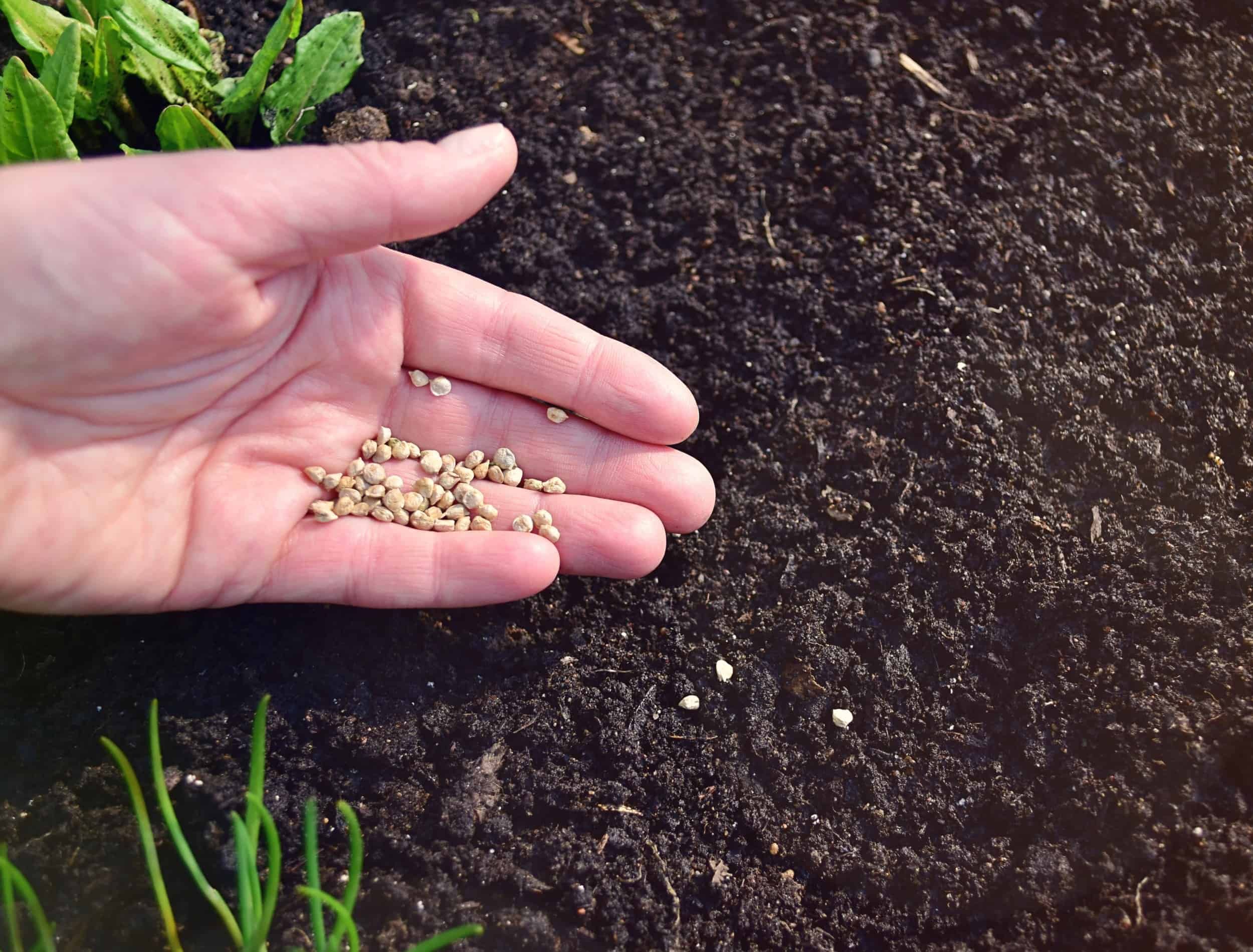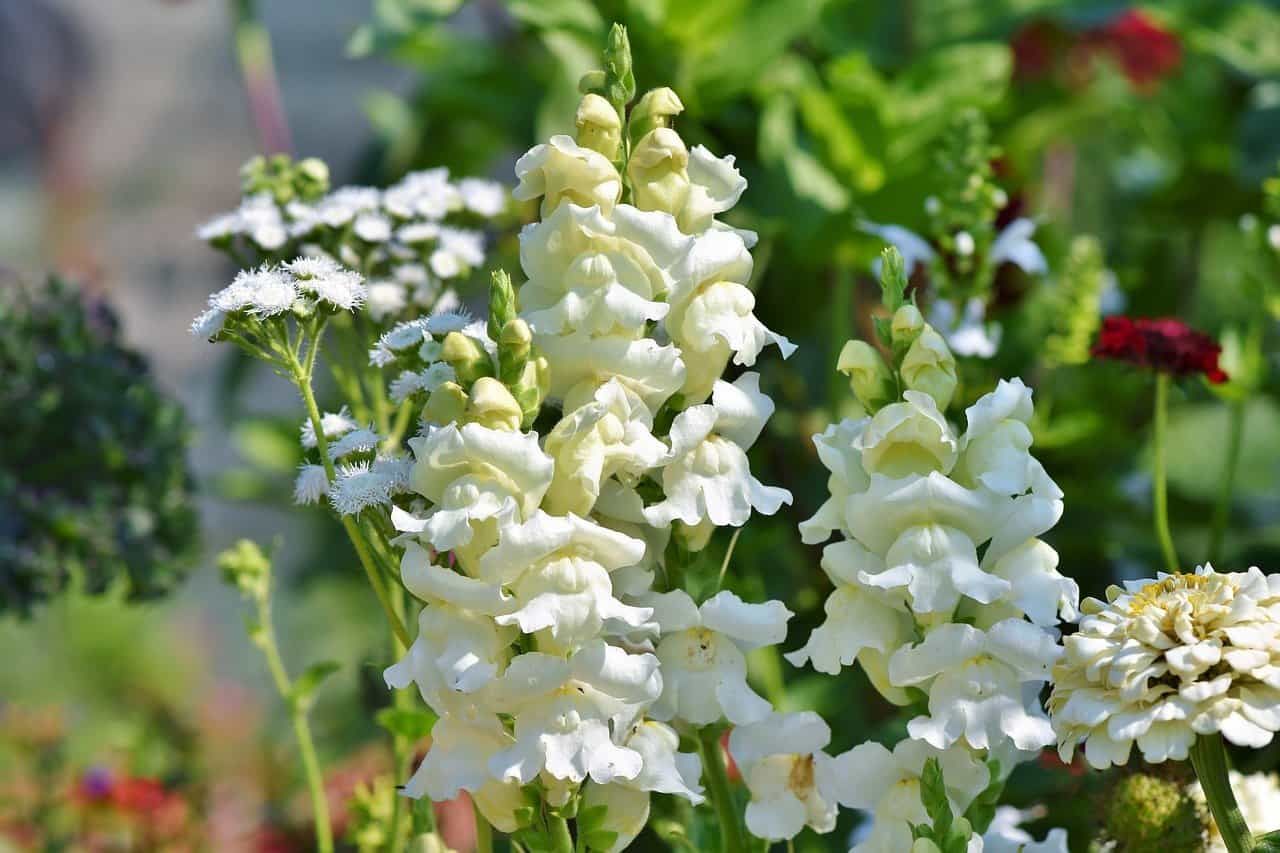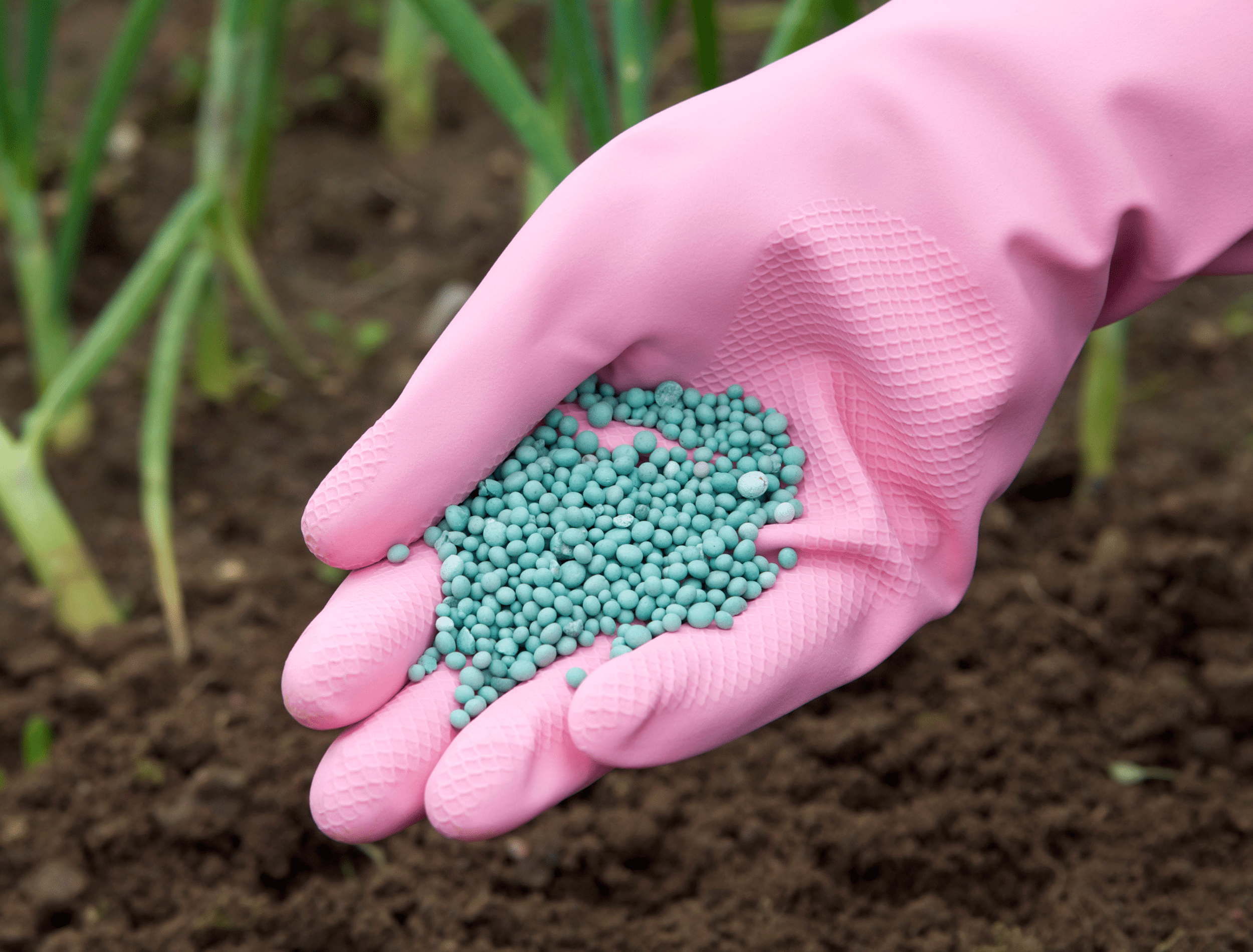Snapdragon plants are a colorful and beneficial addition to your garden. They produce fragrant blooms that attract pollinators, but they also repel deer and rabbits. But when it comes to care, you may be a little unsure about where to start. Fortunately, snapdragons are a low-maintenance option and make excellent companion plants to the other florals in your garden.
If you want to add snapdragons to your outdoor oasis, there are a number of things you'll need to know. Below, you'll discover all the best tips and tricks for providing the best care for your snapdragons. From lighting to potting media to general care and everything in between, you'll be all set to grow these plants all summer long.
Tools You'll Need to Grow Snapdragon Plants
To ensure your snapdragons have all they need to thrive, there are a few tools you'll need. Check out the essentials below.
- Snapdragon seeds or seedlings
- Location with direct sunlight
- Pot with drainage (optional)
- High-quality potting media
- Fertilizer
- Pruning shears
Seed vs Seedlings
Image credits: Indre Pau via Shutterstock
Snapdragons are short-lived perennials that act like annuals and many gardeners choose to replant them each season. With that said, first year plants can overwinter if they are properly protected in zones 5 and 7.
If you'd like to get a jump on the growing season, you can start growing them indoors eight to 10 weeks before the last expected frost. With bright light and temperatures around 60 to 70 degrees Fahrenheit, the seeds should reach germination within 10 to 21 days. Once they're ready, you can transplant the seedlings into your garden or containers. You can also purchase snapdragons from many garden centers, so it's not necessary to grow them from seed.
How to Grow Snapdragon Plants
Lighting
Image credits: Ralphs_Fotos via Pixabay
Snapdragons will grow best in bright, sunny light, though they can survive in partial shade. They will continue to bloom in low temperatures (more on that later) with bright light. With that said, partial shade is best for blooming during temperatures above 80 degrees Fahrenheit.
Potting Media and Watering
Image credits: ArtTower via Pixabay
Snapdragons prefer a well-draining soil high in organic matter such as peat moss, coconut coir, wood chips, and compost. As with many plants that prefer airy soil, snapdragons do not require consistent moisture.
If you have freshly planted snapdragons, keep the soil moist for the first few weeks. Once the plants have fully established, allow the first inch of soil to dry before watering to avoid overwatering. Also, water at the base of the plant, following general watering guidelines, to protect the delicate blooms.
Temperature and Humidity
Image credits: J Need via Shutterstock
Snapdragons are cold-hardy but prefer daytime temperatures in the 70s and nighttime temperatures in the 40s. They prefer cooler temperatures to bloom, which is why you should place them in partial shade if your area gets warmer days. If you'd like to move them around to provide them with the right light, it's best to plant them in containers!
In general, snapdragons will provide their best blooms during cooler months. This makes them the best option to add color to your yard during spring and fall. Remember to keep the plants well-watered during cooler temperatures. Also, consider mulching to provide drainage and insulation, and moisture retention.
General Maintenance for Snapdragon Plants
Image credits: egiss via Canva
There are a few things to keep in mind when it comes to general maintenance for snapdragons. First, pinching off stem tips of young plants may encourage them to bloom again next year. This will also help the plant become bushier. You should also deadhead the plant to encourage new growth throughout the season.
Fertilizing will also give the plants essential nutrients, helping them bloom again and again from spring through fall. Water well to avoid fertilizer build-up and avoid over-fertilizing. Fertilizer is best applied when the plants first begin producing blooms.
Staking tall varieties will also help the plants grow tall and produce the best blooms, but this isn't necessary for bushier or dwarf varieties.
Finally, keep an eye out for pests and diseases. Snapdragons are prone to aphids and spider mites, which are easy to identify, though they are potentially detrimental to your plants. Snapdragons are also prone to anthracnose, powdery mildew, and stem rot, so be sure to treat any sign of disease immediately.
Get Growing!
Snapdragon plants are a beautiful and functional addition to your yard. They are easy to grow and care for, making them the ideal option for beginners or forgetful gardeners. With the proper lighting and temperatures, as well as general maintenance, snapdragons will continue to grow and bloom from spring through fall.
Will you be adding these stunning florals to your garden this year? Share in the comments below!






